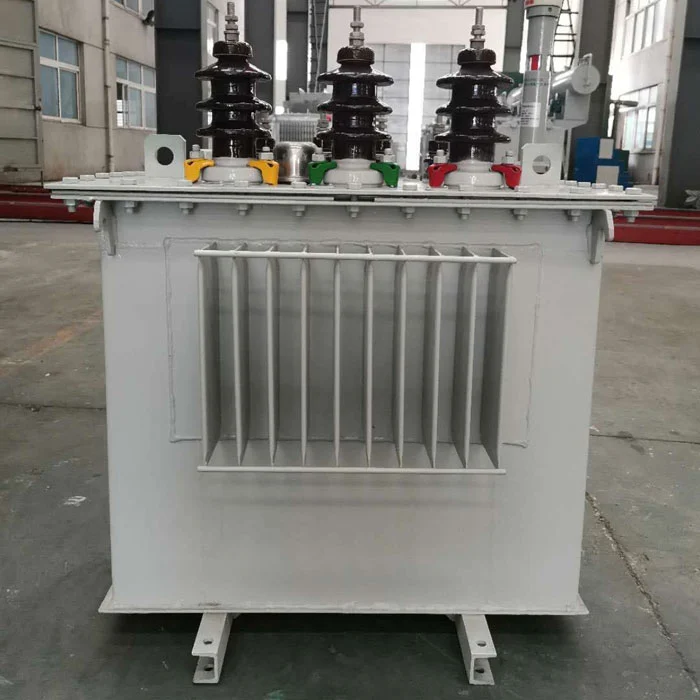
Oil-immersed transformers rely on oil as both a coolant and an insulator. However, oil leakage is a common issue that can compromise the transformer’s efficiency, safety, and longevity. Understanding the causes of oil leakage is essential for proper maintenance and prevention. Below are the most common reasons for oil leakage in oil-immersed transformers:
1. Aging and Degradation of Gaskets
- Cause: Over time, the gaskets used in seals and joints degrade due to exposure to heat, pressure, and oil. This leads to cracks or loss of elasticity, allowing oil to escape.
- Solution: Regular inspection and replacement of gaskets during maintenance.
2. Faulty Seals and O-Rings
- Cause: Improper installation, inferior quality materials, or wear and tear of seals and O-rings can result in gaps and leaks.
- Solution: Use high-quality sealing materials and ensure proper installation during assembly.

3. Overpressure Inside the Transformer
- Cause: Faults like electrical surges or overheating can generate excessive pressure inside the transformer, forcing oil out through weak points.
- Solution: Ensure pressure-relief devices are functioning correctly to release excess pressure safely.
4. Corrosion of Metal Components
- Cause: Corrosion of the tank, flange, or other metal parts due to moisture or environmental exposure can lead to leaks in vulnerable areas.
- Solution: Use corrosion-resistant materials and apply protective coatings to the tank and fittings.
5. Manufacturing Defects
- Cause: Poor workmanship or defects during manufacturing, such as improper welding or uneven surfaces, can result in oil leaks.
- Solution: Perform quality checks and tests on transformers before commissioning.
6. Mechanical Damage
- Cause: Physical impact during transportation, installation, or operation can damage the transformer body, causing oil to leak.
- Solution: Handle transformers carefully during transit and installation, and use protective covers when necessary.
7. Thermal Expansion and Contraction
- Cause: Continuous temperature fluctuations cause expansion and contraction of the transformer tank and seals, which may lead to stress cracks or weakened joints.
- Solution: Use materials designed to withstand thermal cycling and maintain proper tightening of bolts and fittings.
8. Poor Maintenance Practices
- Cause: Neglecting regular inspections or improper handling during maintenance can exacerbate small leaks or create new ones.
- Solution: Implement a routine maintenance schedule, including checks for leaks and timely repair of minor issues.
9. Vibrations and Stress
- Cause: Constant vibrations from nearby machinery or the transformer’s own operation can loosen connections and seals over time.
- Solution: Use vibration dampers and ensure that all connections are securely tightened during setup.
10. Improper Storage or Usage of Transformer Oil
- Cause: Contaminated or poor-quality oil can degrade seals and increase the likelihood of leaks.
- Solution: Use high-quality oil and follow proper storage and handling procedures to maintain its integrity.
By addressing these common causes, operators can minimize the risk of oil leakage in oil-immersed transformers, enhancing their operational reliability and reducing maintenance costs.
SGOB Dry Transformer, an innovative and reliable solution for modern power distribution systems. This transformer leverages advanced dry insulation technology to provide superior electrical performance, enhanced safety, and minimal environmental impact. The SGOB Dry Transformer employs high-quality insulation materials to ensure electrical isolation and thermal stability. The use of epoxy resin or other dry insulation materials provides excellent dielectric properties and resistance to environmental factors.Visit our website at www.sgobtransformer.com to learn more about our products. For inquiries, you can reach us at enquiry@sgobtransformer.com.